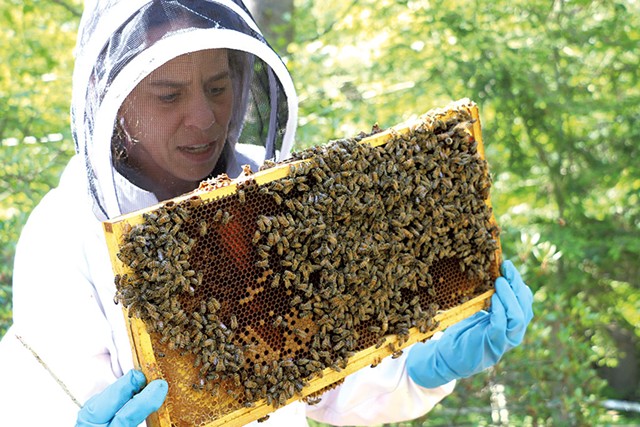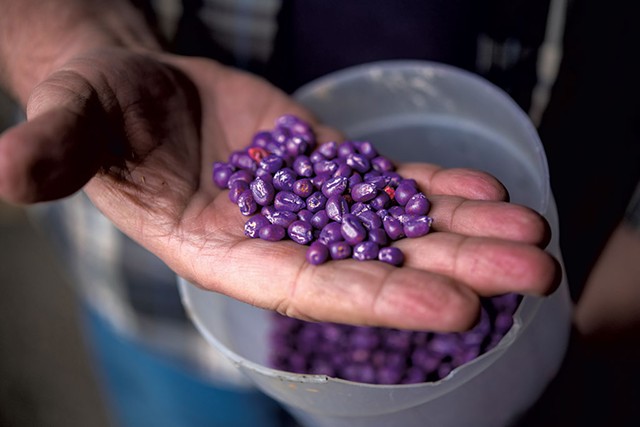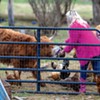Vermont lawmakers signed off on new pesticide rules on Thursday over the objection of environmental groups who say the changes fall short of the tighter restrictions needed to protect people and pollinators.
The Agency of Agriculture, Food and Markets hadn’t revised its rules for the storage, application and reporting of pesticides used in the state for more than 30 years, so some groups were hopeful for sweeping changes.
But the revamp missed the mark for many, and lawmakers with oversight of the rulemaking process also expressed frustration.
Sen. Chris Bray (D-Addison) was perturbed that members of his Legislative Committee on Administrative Rules found out at the last minute that state agencies charged with protecting public health and the environment were also uneasy with the new proposed rules.
“From my seat, it’s hard to say I have confidence in the process that’s led to the rule that’s before us,” Bray said at a meeting last month.
Lawmakers delayed a decision on the new rules three times last year. Just as the agency had worked though concerns expressed by the Department of Environmental Conservation over groundwater safety, the Department of Health raised a red flag over the spraying of aerial insecticides meant to control mosquito populations.
A compromise now requires the agriculture officials to consult with the health department before issuing permits for such spraying. The agency agreed it would not issue permits if health officials felt the practice posed “a significant public health risk.”
The state’s two mosquito control districts are in Addison County, and only one, in the Otter Creek area, uses aerial insecticides, which some groups worry can harm bats.
Agriculture officials argued that the updates were substantive, would help protect people and the environment, and would not go another 30 years without an update. David Huber, a deputy director of public health and agricultural resource management at the agency, said he appreciated the “spirited discussion” with lawmakers over the update.
“We’re looking to do what’s best for Vermonters,” Huber said on Thursday.
The new rules seek to protect drinking water supplies by requiring a 200-foot buffer zone around public wells or water intakes, unless the owner of the well agrees in writing to a smaller buffer.
They also contain additional restrictions to protect bees, whose populations are widely believed to be in decline due partly to pesticide exposure.
Applicators will now be required to apply pesticides “during periods of conditions of least exposure” such as early morning, late evening or when winds are less than 9 miles per hour. In addition, the rules call for 50-foot buffer zones around foraging sites for pollinators and avoiding spraying fungicide on flowering plants when they are in bloom.
click to enlarge 
- Kevin McCallum
- Brooke Decker inspecting a beehive
Pesticide application equipment must also be free of leaks and operating according to the manufacturer’s guidance.
A number of environmental groups, including the Vermont Natural Resources Council, Audubon Society, the Sierra Club and the Lake Champlain Committee, said many of the changes were the bare minimum required.
They argued that, in the face of climate change and species decline, the state should clamp down more.
They note, for example, that the rules do not address the use of seeds pretreated with pesticide, which constitute the overwhelming majority of seeds planted in the state. They also note that the rules fail to provide specific protection for wild bee populations.
Agriculture officials say they plan to address treated seeds in later rule updates. They also said it’s tough to approve rules for wild bee populations when their impact is difficult to measure.
But in a press release, Ross Conrad, a Middlebury beekeeper and former member of the Vermont Pollinator Protection Committee, said stricter rules are clearly needed.
“The evidence that pesticides are hurting Vermont’s beekeepers and decimating many of the State’s native pollinators is overwhelming,” Conrad said.






















































